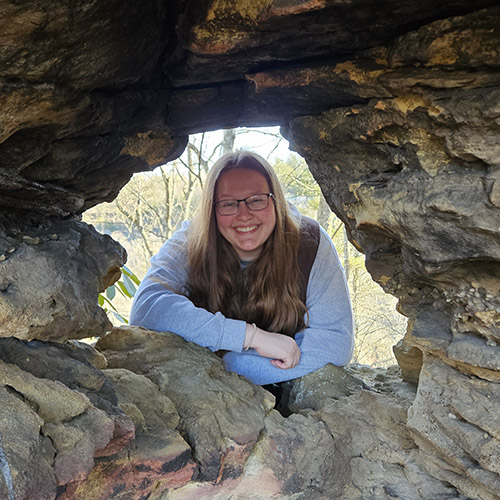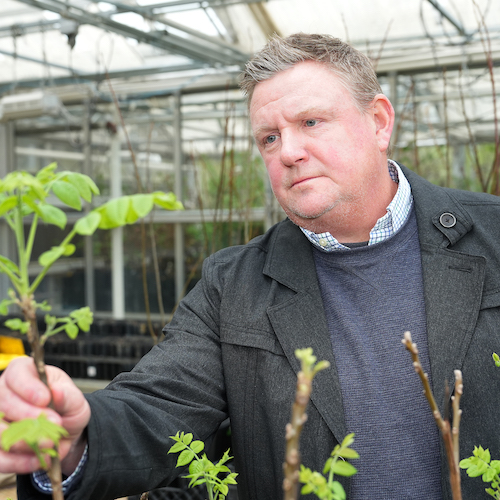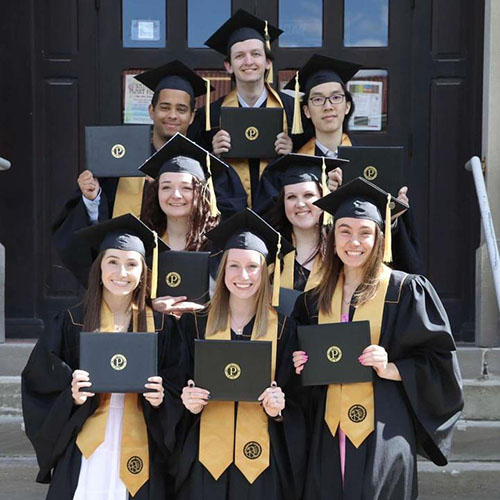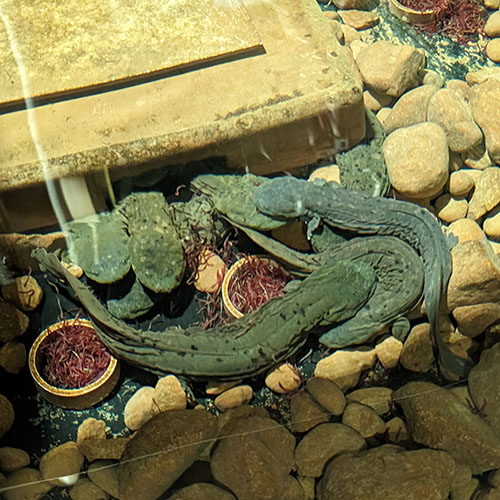As 2020 begins, we begin to look at the possibilities of the next decade, while also looking back at the amazing accomplishments of past years.
As part of the In Focus newsletter for the Purdue College of Agriculture, Dean Karen Plaut did just that, specifically highlighting the Purdue Department of Forestry and Natural Resources including the work of our faculty/staff, our centers and our partners. Below is the introductory letter from Plaut that was published in the January 2020 edition.
From the Dean
Looking forward.
Happy New Year! As we always say, it is an exciting time to be in Indiana agriculture and I am looking forward to the next decade of opportunities. As a person who did not grow up in Indiana, I believe that our efforts throughout the state to work together for the benefit of Hoosiers is unparalleled. Whether our partners are within the university (Colleges of Agriculture and Engineering, for example) or in the state (ISDA, DNR, IDEM) and with our commodity organizations (ISA, ICMA, ICBA, InFB), federal (USDA, USFS), industry or international, our partnerships give Indiana a competitive advantage as we all work to enhance Indiana agriculture as well as its natural resources. One industry that is not talked about as frequently but is a critical part of our state’s agriculture is forestry and natural resources. With nearly 5 million acres of land in Indiana, the forest and hardwood industry has a $33 billion impact on our state’s economy. The state also maintains a vibrant system of trails, parks and waterways for recreational enjoyment.
With strong relationships with the Indiana Department of Natural Resources, US Forest Service, wildlife and forest products communities, and others, our own Forestry and Natural Resources department is a partner in enhancing these vital spaces.
Forestry and Natural Resources at Purdue is thriving. Over the last two years, the number of undergraduate majors has grown by 26%. Through the variety of programs in wildlife biology, aquatic sciences and forestry, along with the natural resources and environmental sciences program co-advised with Agronomy, students realize that they can explore science-based careers that also address policy issues and the environment.
Along with enrollment, the department’s research portfolio continues to grow. As department head Dr. Bob Wagner says, “We study everything between the fields.” Cutting-edge research that shows how tree patterns and invasive species are changing over time; genetic improvement of hardwoods and other wildlife species; using sound to assess the health of the environment—FNR does it all! They are using modern tools of digital agriculture and data science to change the face of forestry and natural resources. New efforts in digital forestry have the potential to completely change the way we analyze forests as well as enable early prediction and treatment of diseases, which should help save some of the trees that have been threatened in recent years.They also have faculty members working analyzing behavior and adoption of various practices that impact forestry and natural resources.
Around the state, FNR has a major impact on forestry and water resources. They often conduct applied research to determine the best way to cut forests to maximize favorable regrowth, which helps both landowners and foresters. In addition, FNR leads the Indiana-Illinois Sea Grant funded by the National Oceanic and Atmospheric Administration and the Indiana Water Resources Research Center. Researchers and Extension specialists bring the latest science to Great Lakes communities and other waterways around the state and their residents. By connecting decision-makers with science, they help strengthen and preserve ecosystems and communities in southern Lake Michigan and beyond.
FNR faculty and staff accomplish all this (and more) while housed in some of the oldest buildings in the college and on campus. Most of the department faculty and staff are in buildings that are 100 years old, which poses challenges to the department and our college as we continue to move forward. It is hard to describe to current and prospective students the great work being done in the department when they are in antiquated facilities. Students cannot imagine themselves being trained for the future in these buildings, and researchers are at risk of losing their ability to do innovative work in facilities that don’t support electrical and computing needs of their labs.
The Forestry and Natural Resources department is ranked #11 in the country in forestry and #8 in natural resources, and we believe a new building for the department will be a major priority to help them continue their tradition of excellence. It will be a challenge, but an exciting one, to look forward to when we can build and then move this first-class department into a first-class facility.
The full January 2020 In Focus newsletter, includes profiles, events and awards information.





